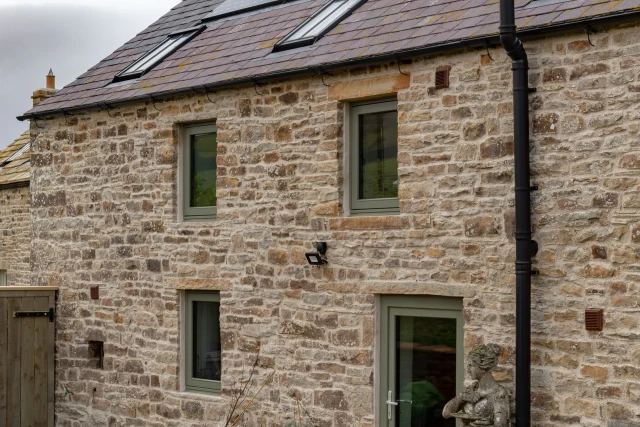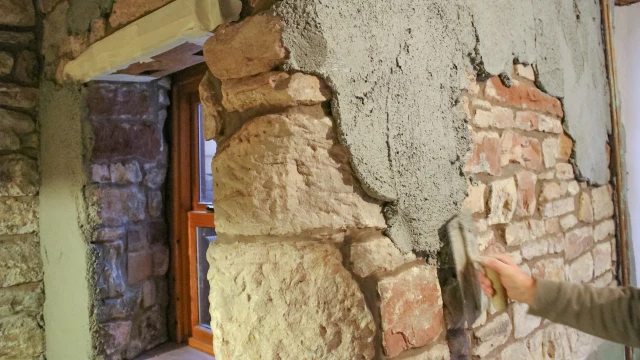Go to Section
Insulating an Old House - How to Increase Your Property’s Value with Sustainable Renovation
Tuesday 1st December 2020
When it comes to property value, a number of factors are taken into consideration. Alongside location, size and type of property, energy efficiency is also an important factor when looking to increase your property’s value. This is due to the fact that an energy efficient home usually has a more comfortable living space, lower energy bills, and well insulated homes have better protection on the structure of the building.


Blog author

Peter Smith
Technical Support & Certified Passive House Tradesperson
Peter has been with Ecological Building Systems for the past 15 years and is a certified Passive House Contractor. Having previously gained over 10 years’ experience as a project manager on new builds and significant conservation projects; Peter now delivers informative presentations to heritage groups and architectural practices around Ireland and is our specialist advisor in relation to the installation of Diasen products. Apart from his work on building conservation and retrofitting; Peter also provides direct site support where he gives builders and architects advice on achieving optimum airtightness and maximising thermal performance while minimising condensation risk.


